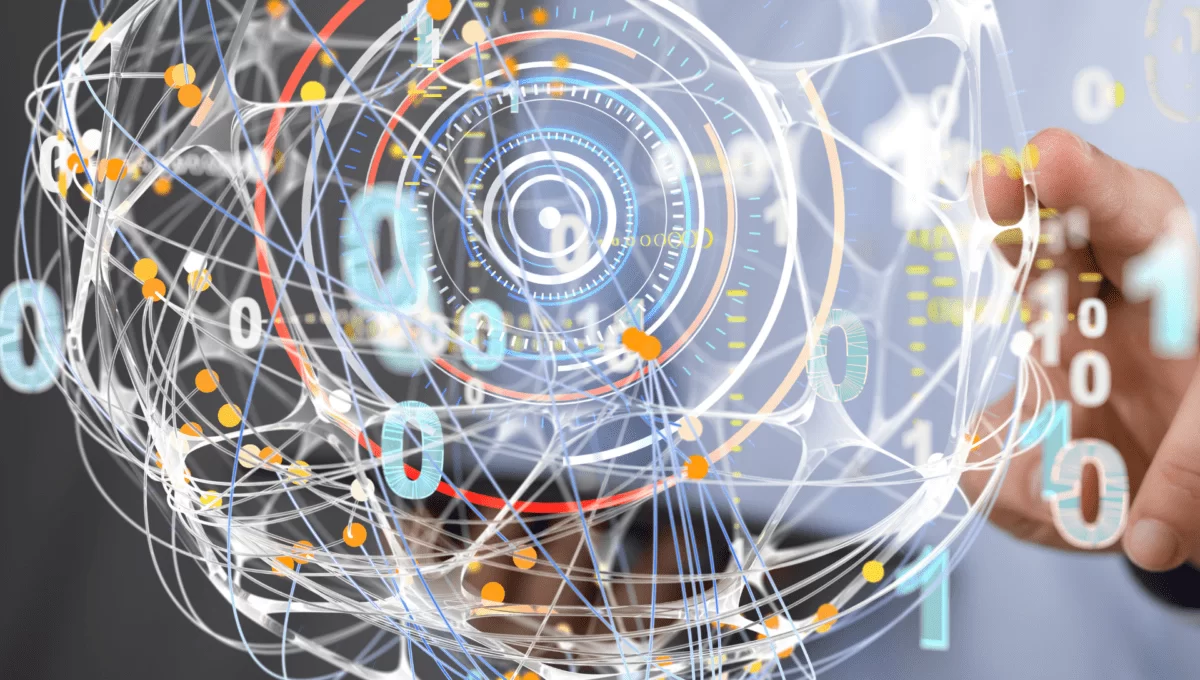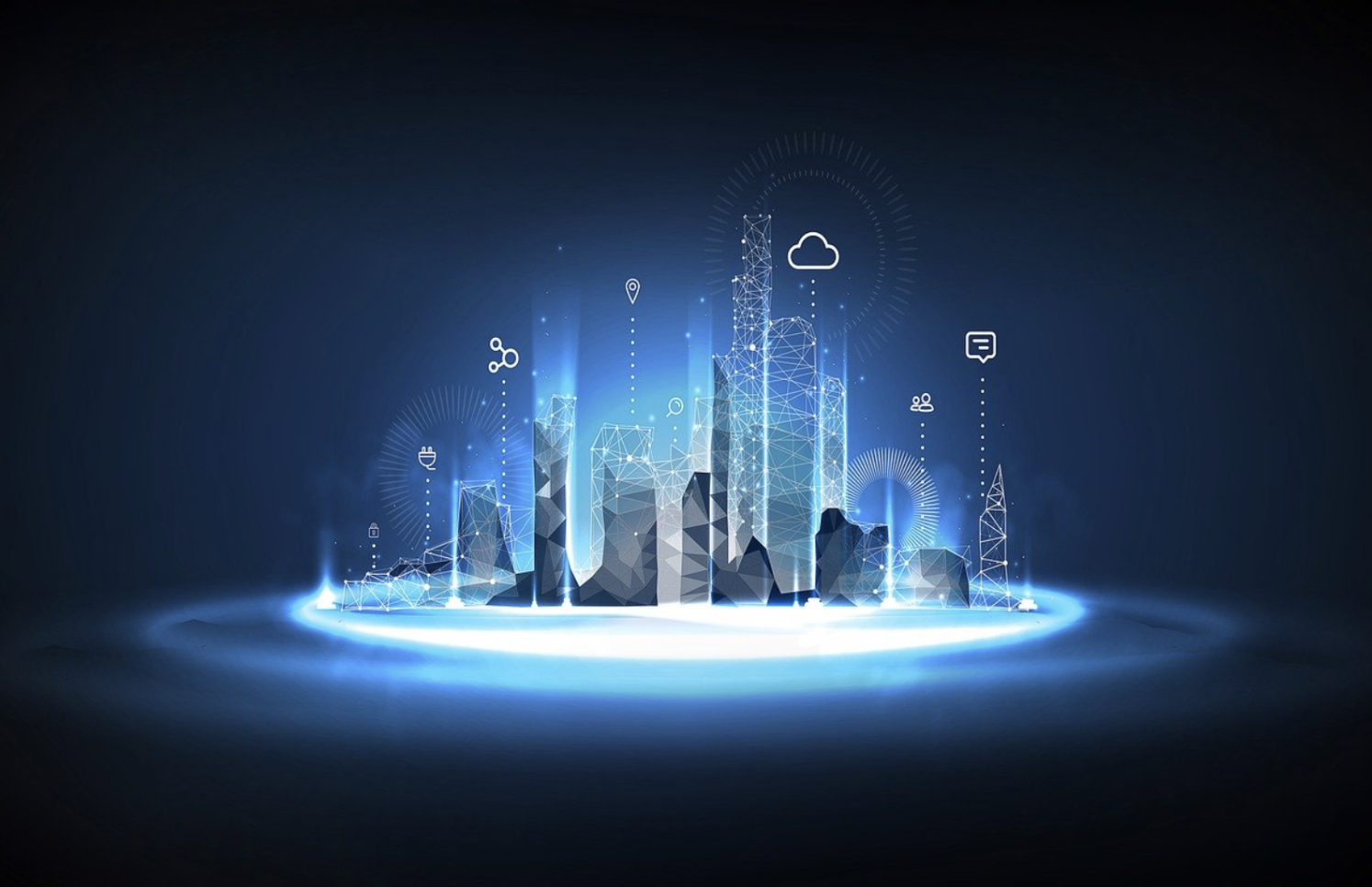Rapid technological evolution enables quicker advancement and change, which quickens the rate of innovation. The term “information age” describes the era in which we live. Every day, more sophisticated and efficient technologies are created to make our lives easier. Technology is developing almost instantly. Innovations in technology help businesses cut expenses while simultaneously enhancing customer satisfaction and profitability.
Automation by Robots
The software called robotic process automation (RPA) simplifies the process to design, build and manage robots using software that replicate the way people communicate with software and computers. Software robots can perform many tasks predetermined by the user, such as recognizing what’s displayed on an LCD screen, performing the right keystrokes, operating systems, and obtaining and identifying information. However, software robots can do it faster and with greater consistency than humans, when they are sitting.
Workflows can be streamlined with automated robotic processes, which makes businesses more adaptable, flexible, and active. The reduction of mundane duties from their working lives, increases employee satisfaction, engagement and productivity. RPA is easy to install and doesn’t require any intrusive effort that accelerates the digital transformation. It’s also great to automate processes that are based on outdated platforms that do not have a virtualization interface, access to databases or APIs.
Technology Trends in Edge Computing
As more companies use cloud-based solutions, The use of cloud computing has been growing steadily. However, it is no longer one of the newest technological trends. As businesses handle larger volumes of data, they are growing increasingly aware of the drawbacks of cloud computing. Edge computing is intended to solve these issues by eliminating the delays that cloud computing causes and sending data straight to a data center for processing. It can be placed “on the edge,” or nearer to the location where computation is necessary. Edge computing is a means of processing time-sensitive data in remote locations since there is any connectivity to a central site.
Augmented and Virtual Reality
Virtual reality (VR), augmented reality (AR), and extended reality (ER) are the newest revolutionary technological trends. While AR enhances the user’s experience, VR immerses the user within the experience. While, up to now, it has been gaming that has been the most prominent application of this trend, training has also benefited from it. We can expect a more extensive application of this technology in everyday life by 2023.
AR and VR have enormous potential for education, entertainment, training marketing, and healthcare when combined with other emerging technologies. In 2023, AR and VR will be a huge market. AR as well as VR are expected to be worth $209.2 billion, which will further enhance the chances of people who are qualified to be employed in this enlightening technology.
Internet of Things (IoT)
IoT is another fascinating new technology area. Nowadays, a lot of “things” are equipped with WIFI connectivity, which lets them connect to the Internet and also to one another. The IoT is known as the Internet of Things. IoT, or the Internet of Things,. The Internet of Things will be the next big thing that has made possible for devices, cars, and appliances in the home, as well as many other items that connect with the Internet and exchange data.
Businesses stand to gain significantly today and in the future. As data is collected and analyzed in the IoT, it can help companies make decisions that are more secure, more efficient, faster and more informed. Apart from the many advantages we’ve not even thought about yet, the IoT can facilitate an analysis that is preventative, accelerate medical treatments, improve services to customers, and much more.
Technology The latest trends in Digital security
It’s been around for a long time. While cyber security might not appear to be a revolutionary technology, it is evolving similarly to other technologies. This is largely due to the continual growth of new security threats. Hackers trying to gain unauthorized access to information won’t ever give up. They will continue seeking ways to penetrate even the most stringent security measures. Furthermore, modern technology is constantly evolving to increase security. Cybersecurity will remain a well-known technology for as long as there’s a hacker, as it is constantly evolving to stop them.
Artificial Intelligence and Machine Learning
While AI has generated lots of excitement over the last decade, it’s still one of the newest technological advancements since its impact on how people live, works and play is only getting noticed. AI is recognized for its superiority in a variety of fields, such as ride-sharing apps, personal assistants for smartphones as well as speech and image detection, navigation apps for navigation, and many more.
Additionally, AI will be used to study interactions to identify the root causes and insights, as well as forecast demand for such services as hospitals, so that decision makers can efficiently allocate resources and detect shifts in patterns of customer behavior. The applications will help increase revenue and provide more personalized experiences.
A massive demand for qualified workers is generated due to the application in machine learning which is a part of artificial intelligence. Another breakthrough in technology is AI machine learning and automation will provide new opportunities for workers working in fields such as robotic monitoring and data science, as well as automation and curation of content.
Extended Reality
Virtual reality, augmented reality mixed reality as well as any other technologies that recreate reality are collectively known by the term “extended reality.” It is one of the major technologies of this moment as everyone wants to go beyond the boundaries of our planet. The technology that produces an illusion that is devoid of physical existence, is popular with medical professionals, gamers retailers, and modeling professionals.
New Energy Approaches
To benefit the natural landscapes of our planet and the energy we use Everyone has taken the pledge of becoming more environmentally friendly. In the end, houses are using greener alternatives like solar and renewable energy, while automobiles are powered by batteries or electricity. In addition is that people are conscious of their carbon footprints, which makes it more important to minimize them or convert them into renewable energy sources.
Quantum Computing
The most notable advancement within technology includes quantum computing, which is a kind of computation that utilizes quantum phenomena like quantum entanglement and superposition. Because of its extraordinary capability to rapidly search, monitor, analyse and act on data regardless of its source, this trend in technology can also help to reduce the spread of coronavirus and also to design feasible vaccines. Finance and banking is another sector in which quantum computing is employed to limit the risk of credit, to prevent high transactions, as well as to stop fraud.
Technology Trends in 5G
The advancements in technology that are expected to be seen in the 5G wave will occur following the IoT. While 4G and 3G technologies enabled us to connect to the internet, access data-driven services, boost the bandwidth of streaming services like Spotify or YouTube, and so many more, 5G technologies are predicted to transform our lifestyles.
Businesses of the future will undergo massive changes thanks to 5G in a variety of ways that are not possible. Each network is limited in the number of concurrent connections it can support; it is able to only accommodate a specific number of data-transmitting devices concurrently.
As more businesses utilize many devices, more data gets transferred from the devices. The 4G network is not designed to handle this amount of data; however, 5G is a totally different creature.
Conclusion
There is still faith in long-lasting and reasonably priced technology advancements. Innovation in technology will continue to pick up speed. It is not enough for future tech leaders to embrace the newest innovations. Additionally, they will need to have the capacity to manage ongoing change and turn it into a competitive advantage. Technology will undergo a paradigm shift in the future years of 2023 as a result of advancements in its efficacy and improvements in its cost-effectiveness, environmental friendliness, and cleanliness.




